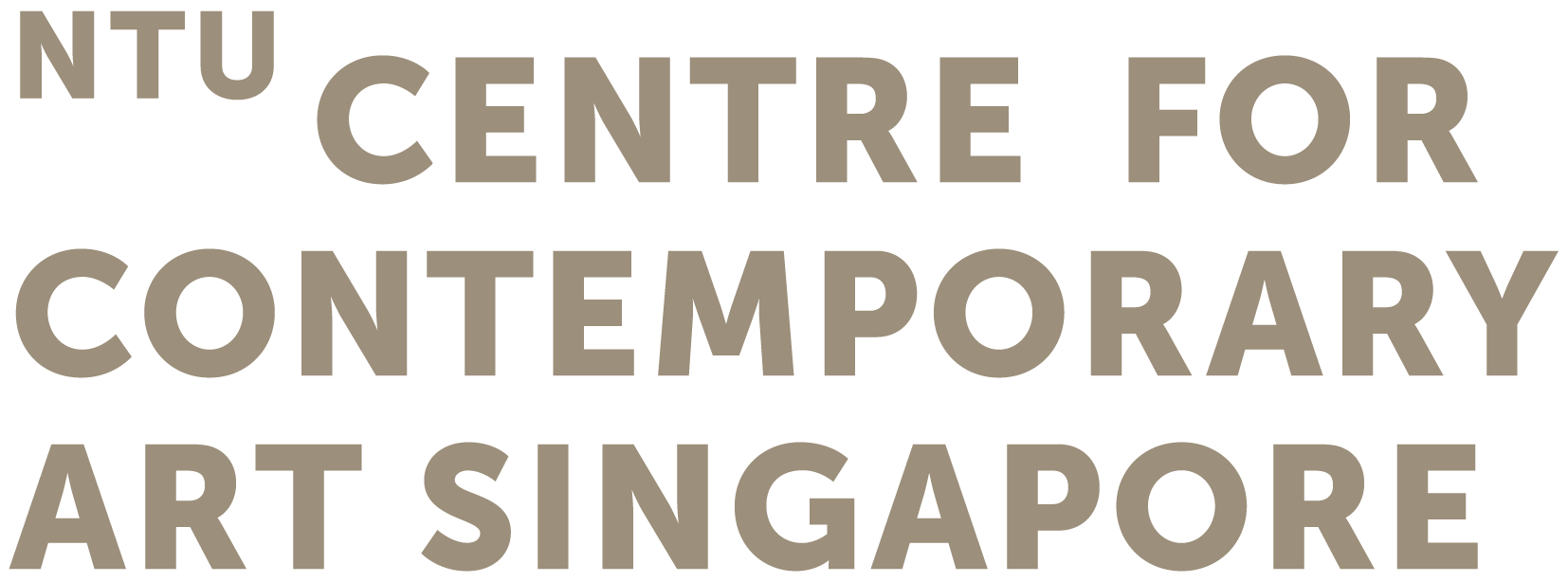Arahmaiani (b. 1961, Indonesia) is one of Indonesia’s most respected and pioneering artists in the field of performance art. From the 1980’s, she has performed in many public spaces — even during the rule of an oppressive military regime. Though most known internationally known for her performance art, her creative work extends beyond the bounds of the artistic world, and into her environmental, religious and cultural activism. Her activism takes form in both her interactive performances and her community-based practice, bringing attention to subjects prevalent in Indonesia and to issues of violence against the environment on the Tibetan Plateau. Arahmaiani engages in community-based practices across a variety of groups including, Tibetan monks, an Islamic boarding school and participants from a range of countries and backgrounds. The nomadism of her life is reflected in her work, using her performances and focus on community participation as means of uniting people from different backgrounds and processing traumas brought about by the severance of people from their natural environments.
Arahmaiani’s work has been featured in over 100 solo and group exhibitions around the world notably Paradise Lost: Mourning of the World, Indonesian Pavilion, Venice Biennale (2003)’; Memory of Naature, SMAK Ghent Museum of Contemporary Art (2017); Bruised: Art Action & Ecology in Asia, RMIT Gallery, Melbourne (2019); Politics of Disaster: ender Environment & Religion, PAV (Parte Arte Pivente) Turin, Italy (2020); Re-Nature, Den Bosch, Netherland (2021); Documenta 15 – with Asia Art Archive Collective (2022); Flag Project, Istanbul Biennale (2022).
Zarina Muhammad, (b. 1982, Singapore) is a Singaporean artist, educator, and researcher whose practice is entwined with a critical re-examination of oral histories, ethnographic literature, and other historiographic accounts about Southeast Asia. Zarina Muhammad works at the intersections of performance, text, installation, ritual, sound, moving image, and participatory practice. She is interested in the broader contexts of eco-cultural and ecological histories, mythmaking, haunted historiographies, water cosmologies, and chthonic realms. She has been working on a long-term interdisciplinary project on Southeast Asia’s changing relationship with spectrality, ritual magic, polysensoriality, and the immaterial against the dynamics of global modernity, the social production of rationality, and transcultural knowledge exchanges. She currently lives and works in Singapore.
From the artist on her practice:
"One of my first departure points on capturing data from plants and biomusic stems from the idea of silence and the silenced. While I do not specifically aim to anthropomorphised, or to translate these data to a language that our human mind can comprehend, also not so much in the context of new age philosophy, my base practice as a sound engineer, seek to use technology to measure the galvanic conductance in living beings, a form of bio-electricty and transform that data into sound for deep listening, contemplation and understanding. This has a lot to do with my appreciation for silence and the silenced, and through this practice, I learn more about microphone techniques and keeping the plants in my front yard alive. The symbol of contemplation and deep soundlessness is something I value a lot in my sound practice. We are constantly murmuring, muttering, scheming or wondering to ourselves, comforting ourselves, in a perverse fashion with our own silent voices. Just like the concept of ‘Ma’, a ‘living pause’ in Noh theatre, I appreciate the idea of a negative space between the memory of a sound heard and the anticipation of the next sound. Leonard Cohen endearingly named himself Jikan, which means the silence in between two thoughts. It is meaningful to consider all the contextual questions framing the piece of music and seeing it as a form of ‘completed work’ or can I simply enjoy the music as it is. The idea of the role of the artist as having transformed over time and the role of the creator of objects and how it contributes to the perceived ‘value’ of the work. I just don’t think we should stop learning."

